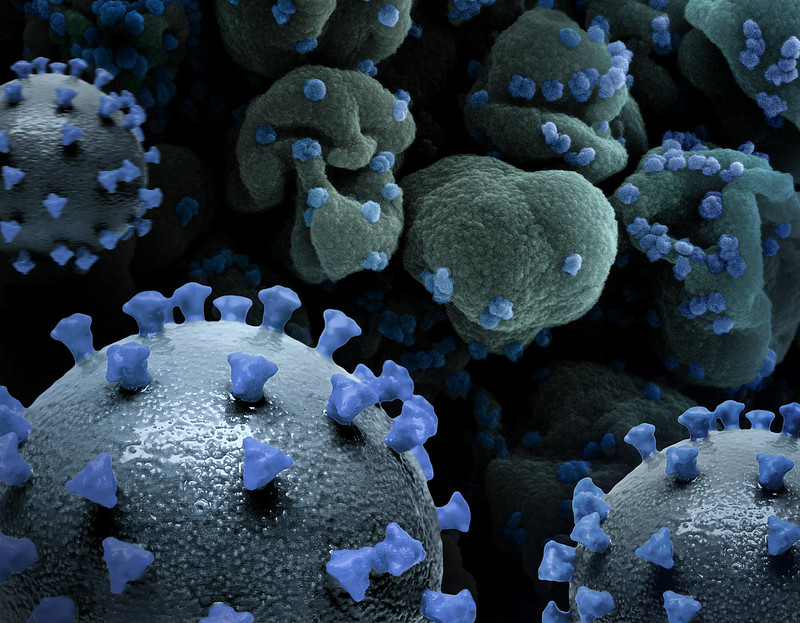After a long summer wave that peaked in August, COVID-19 activity continues to decline in most areas, with more downward trends seen in wastewater detections, test positivity, emergency department visits, and hospitalizations, the US Centers for Disease Control and Prevention (CDC) said in its latest respiratory virus updates today.

Deaths remain at low levels. According to CDC provisional data, 341 deaths were reported last week.
Wastewater detections remain at low levels nationally, but detections tracking a bit higher in the West and Midwest compared to other regions, according to CDC data. Similarly, WastewaterSCAN, a national wastewater monitoring system based at Stanford University in partnership with Emory University, said its monitoring has the nation at the medium level, with a downward trend over the past 3 weeks. It said the South and West are now in the low category.
XEC variant continues to rise
In updated variant proportion estimates today, the CDC said KP.3.1.1 is still dominant, making up 57% of viruses, similar to last week. However, levels of XEC—a recombinant of two JN.1 viruses—continue to rise steadily and are estimated to make up 17% of viruses, up from 10% 2 weeks ago. XEC has mutations that are thought to increase infectivity and evade immune response. The CDC said that, because the variant stems from JN.1 viruses, vaccines will likely provide protection because they include a JN.1 strain.
In its weekly respiratory virus overview, the CDC said it expects to see a winter COVID peak higher than the summer peak, similar to COVID trends over the past 4 years.
Flu activity, meanwhile, is minimal, the CDC said. And respiratory syncytial virus (RSV) activity remains low nationally, but there are signs of increased activity in the southeast, especially in young children.







